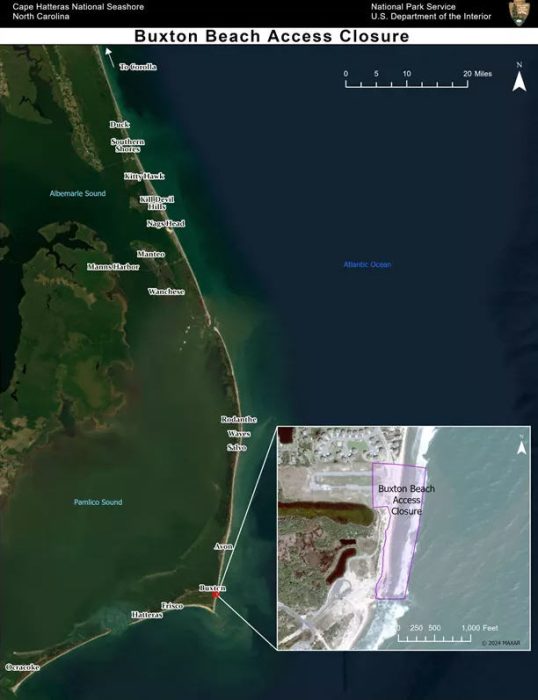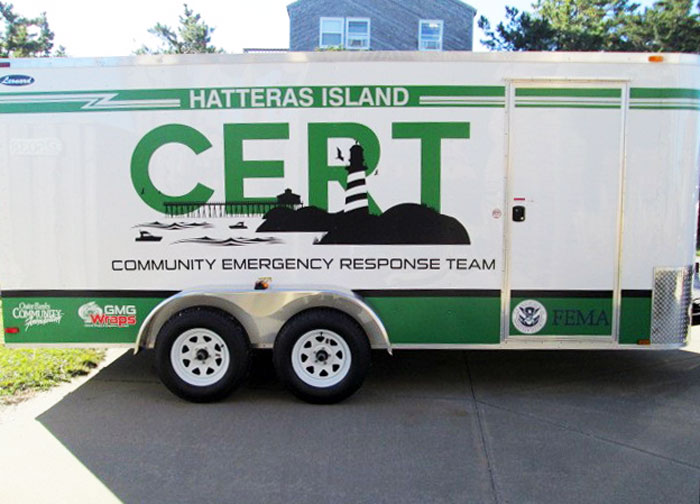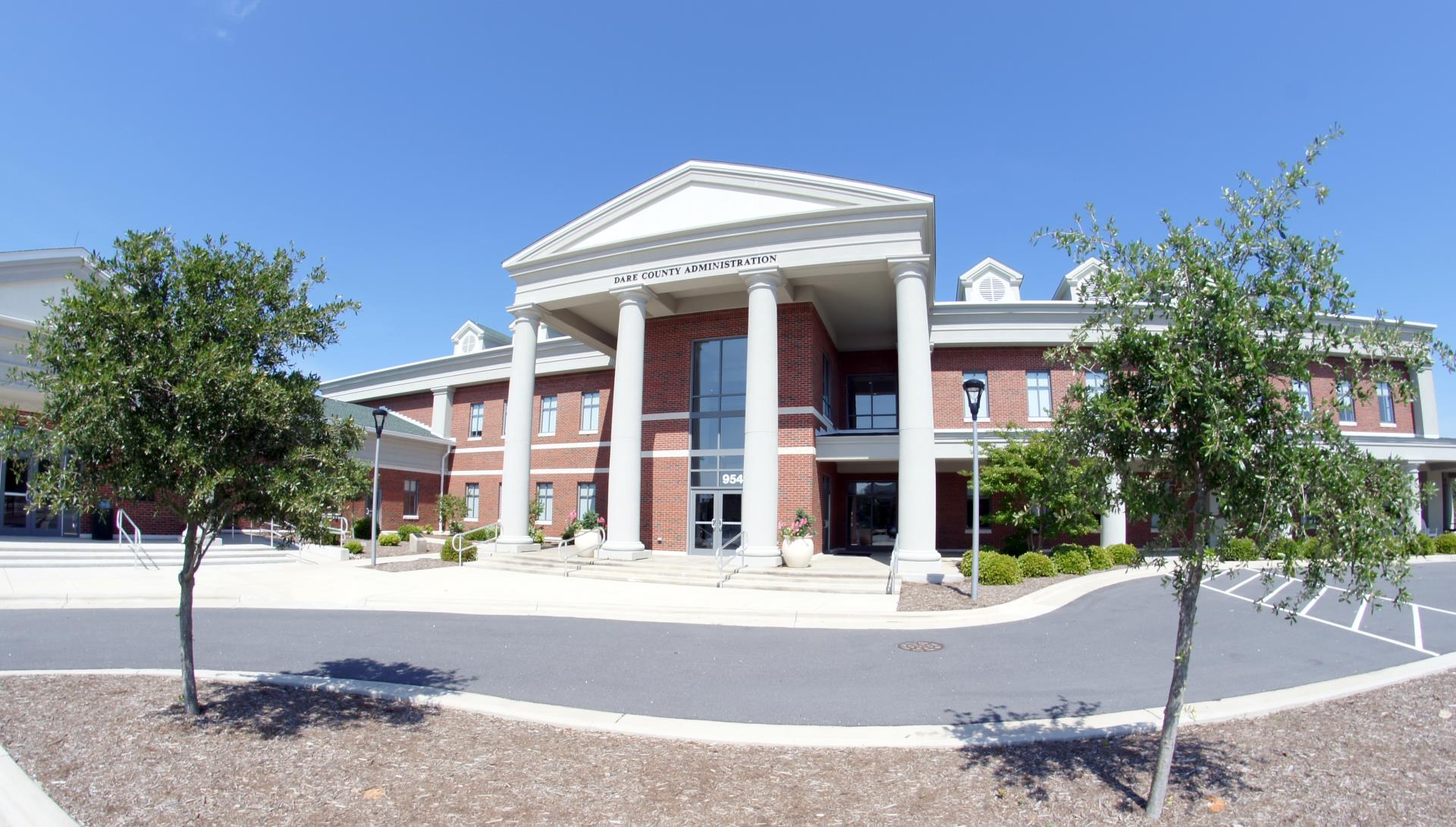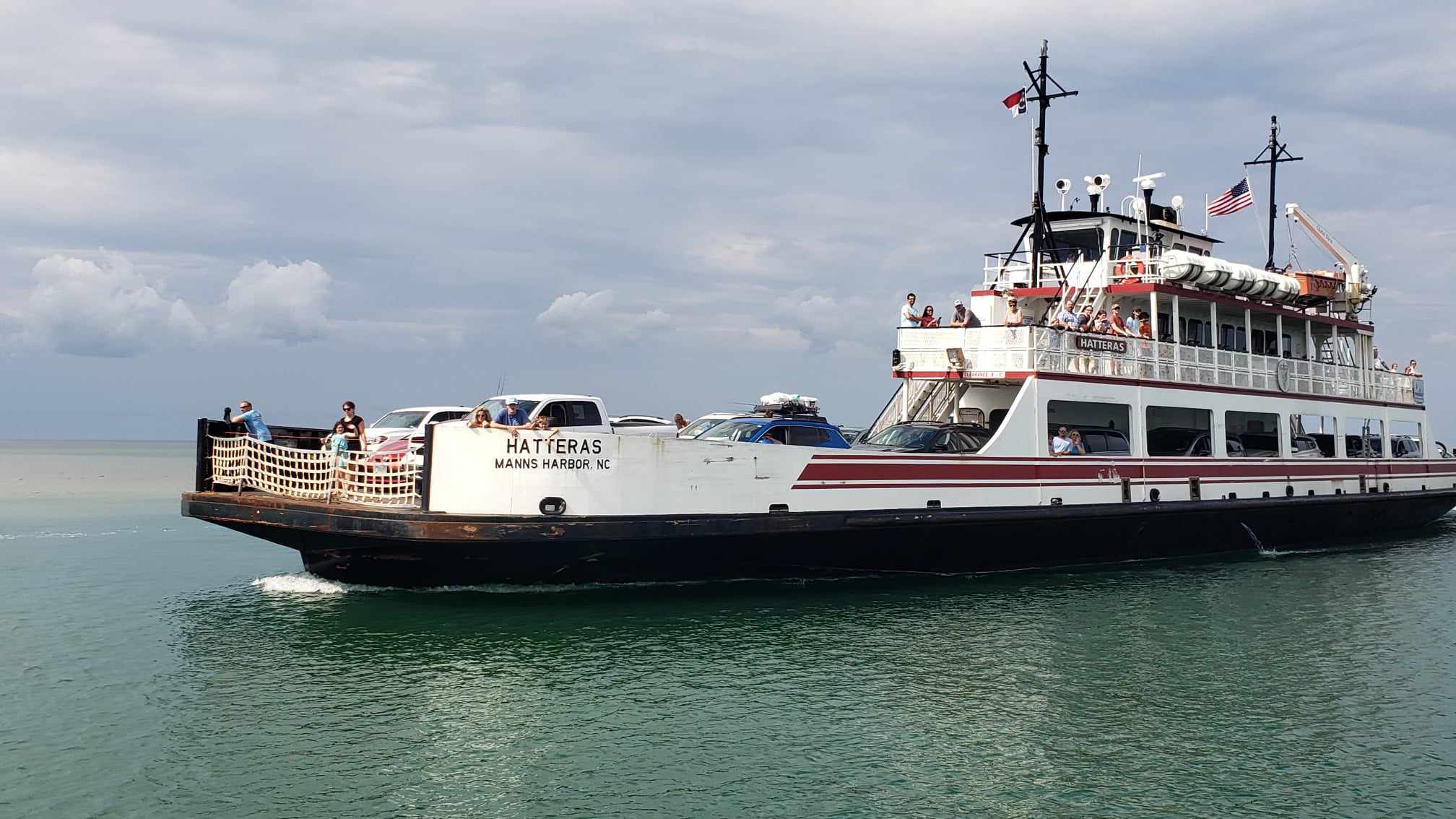Testing continues at Buxton Beach by multiple agencies
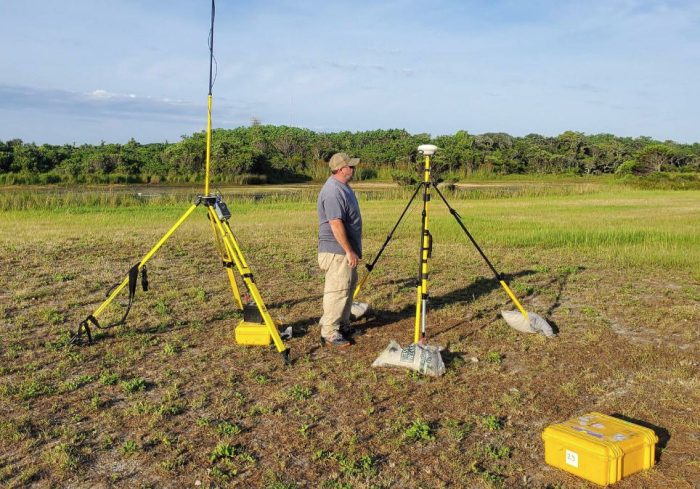
The Buxton Civic Association will hold its monthly public meeting on July 11 at 7:00 p.m., and while there have been no concrete remediation actions along Buxton Beach since a pipe was removed in May 2024, both the U.S. Army Corps of Engineers (Corps) and the National Park Service (NPS) have conducted various testing efforts in the past few weeks.

A small and roughly 500-yard section of Buxton Beach has been closed since September 2023 after two offshore hurricanes brushed the Outer Banks, exposing abandoned infrastructure from the site’s former military base, as well as occasional petroleum smells.
The consensus by stakeholders is that there are two agencies – the Corps and the U.S. Coast Guard – who are responsible for the left-behind debris, and for cleaning up the shoreline. The petroleum smells and petroleum-contaminated soils (PCS) fall under the U.S. Army Corps of Engineers’ Formerly Used Defense Site (FUDS) program, as the former Buxton military base was declared a FUDS site in 1998.
Back in May, an exposed 70-80 foot long pipe that was thought to be at least one source of petroleum was removed by the Corps, and the Corps also performed soil sampling in the immediate area. The data review of the soil samples is in process, and may be available in the next few weeks, or roughly 60-90 days after the original May testing occurred.
Meanwhile, after the pipe was removed, the NPS conducted their own independent testing in the area on May 24, which was sent to a third-party laboratory, Environmental Chemists, Inc. The testing results were returned to the NPS from the North Carolina-based lab on June 27.
“We took samples of our own near where the pipe was removed, and where the project took place,” said Mike Barber, Public Affairs Specialist for the Cape Hatteras National Seashore. “Those samples came back above state action level so we provided that information to the Army Corps of Engineers.”
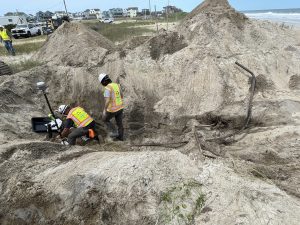
The NPS, and specifically the Cape Hatteras National Seashore, also formed a recent partnership with the United States Geological Survey (USGS) and infrastructure consulting firm AECOM for additional assistance when it comes to reviewing the more technical aspects of current and historical documentation of the site.
“For example, after reviewing soil sampling plans, data, and technical documents, we may receive recommendations for more sampling in various areas within the Buxton FUDS [through these sources],” said Barber. “The Cape Hatteras National Seashore looks forward to the additional expertise.”
While the Corps is still waiting on their own test results from the site of the May pipe removal, the agency sent a team to the Buxton area on June 24-28 to conduct geophysical work in order to identify any potential fuel distribution components, such as pipes or fuel tanks, that still remained under the surface.
“Identifying the anomalies can assist us in determining what areas we need to conduct soil sampling,” said Cheri Pritchard, Media Relations Chief for the Corps’ Savannah District. “The results of the geophysical work will assist with drafting the sampling plan that will be used in the comprehensive sampling efforts. The contract to perform this additional comprehensive sampling work is anticipated to be awarded in October 2024.”
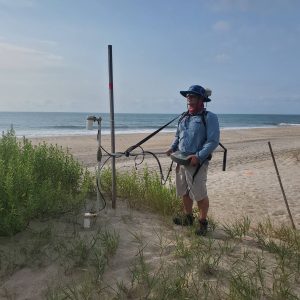
“Depending on what we find and what is included in the contract determines our next actions,” said Pritchard. “Primarily, if it falls within the FUDS authority, we will remove it. Our goal is to find and remove any fuel distribution system tanks or pipes that could be the cause of contamination as well as the contaminated soil.”
The Buxton Civic Association (BCA) was formed in April to provide a centralized, community response to these environmental and public health issues, and since then, the organization has taken a multi-pronged approach to speed up remediation efforts.
“Everybody cares about this,” said board member Brian Harris in a previous interview, shortly after the BCA was established. “We’re going to explore every single option and figure something out, because ultimately, this has to be done. And everyone is enthusiastic to get started, and to get this fixed.”
At the July 11 meeting, the BCA will provide updates on several corresponding initiatives to fully remdiate this small but problematic section of the Buxton shoreline.
The public is welcome and encouraged to attend this meeting, and BCA board members are hoping that the local community will continue to stay involved in the ongoing efforts to fix Buxton Beach.
For more information on Buxton Beach, and the BCA
- The Buxton Civic Association meets the first Thursday of every month at the old Buxton Volunteer Fire Department building beside Burrus Field. The next meeting is 7 p.m. on July 11. and the public is welcome and encouraged to attend.
- Developing info from the Buxton Civic Association (BCA) can be accessed via the organization’s new website at Buxtoncivic.com or through the BCA’s official Facebook page.
- Remember that while the environmental issues at Buxton Beach are considered to be a public safety and environmental hazard, just three-tenths of a mile of the shoreline is closed, out of 75 miles of National Seashore. In short, the public can still visit and enjoy Buxton, and Hatteras Island in general. The primary concern is that this issue needs to be addressed now, before it potentially becomes a larger problem.
